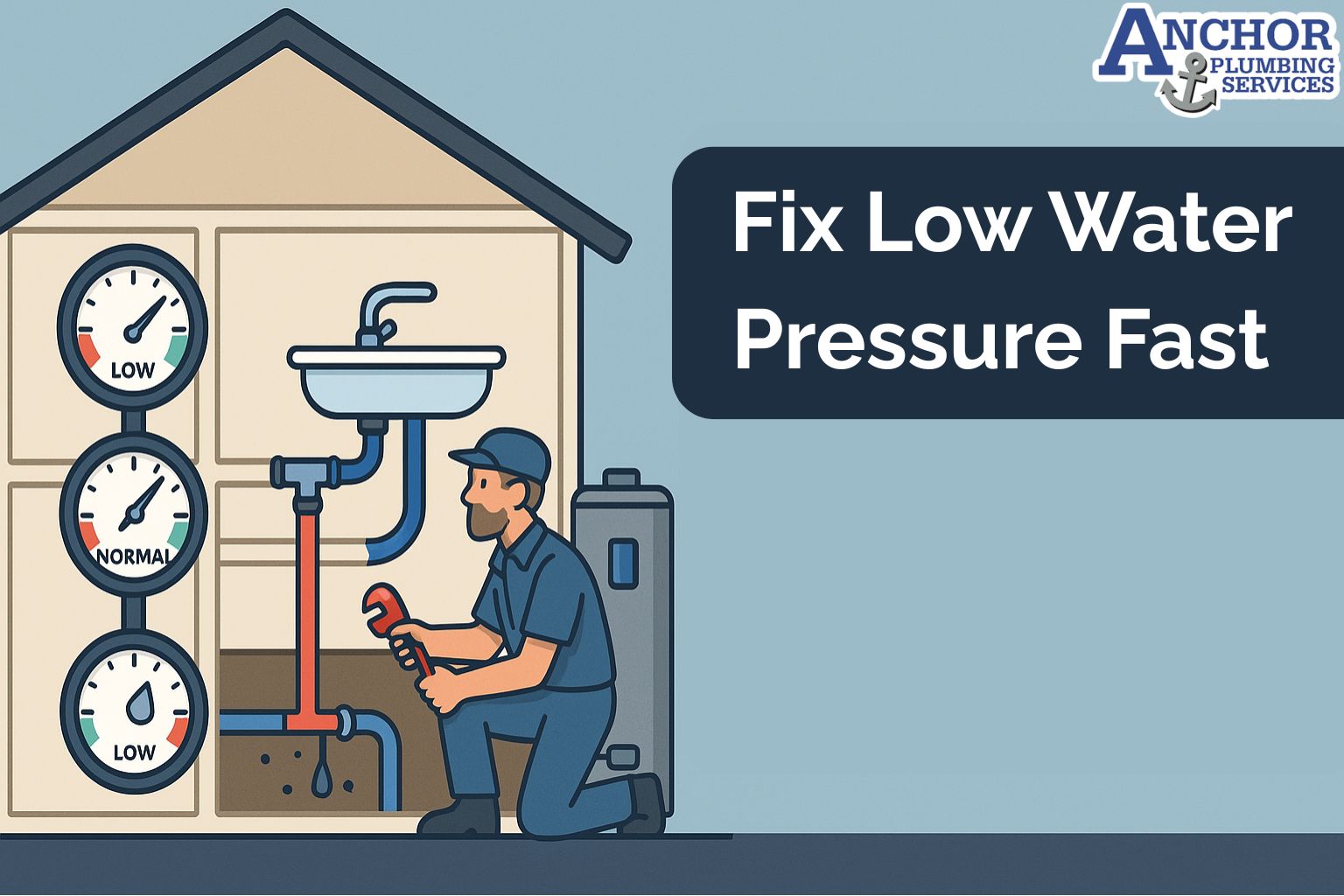
Low water pressure in your home usually means something is restricting water flow within the plumbing system. The most common...



Table of Content
Regular water softener maintenance improves efficiency and extends system lifespan. Neglecting maintenance causes scale buildup, reduced efficiency, and potential repair costs.
Homeowners ask how to clean the brine tank or what specific tasks are necessary. This comprehensive guide can walk you through key maintenance steps, troubleshooting salt bridging, resin fouling, clogged venturi injector, stuck float, and when to seek professional help.
Maintenance prevents scale, protects appliances, and keeps hardness within the target GPG. Clean brine components and accurate regeneration settings preserve resin capacity and lower energy waste in heaters and dishwashers.
Maintaining water softener helps to extend system life. Regular maintenance prevents the system from overworked and minimizes the risk of breakdowns, and costly repairs or replacements. Tasks like cleaning the brine tank, breaking salt bridges, and verify valve settings to keep performance stable.
What kind of maintenance does a water softener need? Basic maintenance includes monitoring the brine tank levels, cleaning the resin tank, and ensuring proper control valve function. These routine tasks improve system performance and prevent costly repairs.
Water softeners remove calcium and magnesium through an ion exchange, replacing hard minerals with sodium or potassium ions. To fully grasp how this system transforms hard water into soft, explore our guide on How Water Softener Works—we break down the process step-by-step.
Key components requiring regular attention include:
How to maintain a home water softener system? Start by checking these components regularly, clean them as needed, and make sure the system is running on schedule to keep your water softener in top shape.
Monthly salt checks and quarterly brine cleaning keep soft water stable. Break salt bridges. Remove mushing. Clean the venturi and screen to restore brine draw. Verify regeneration settings to match household hardness and usage.
By performing regular checks and cleaning, you are able to extend the life of your system and prevent common problems.
How often should you clean your water softener? Check salt monthly. Clean the brine tank every 3 to 6 months. Follow your model manual for volumes and settings. This can help maintain efficiency and prevent future issues.
Ignored maintenance turns your water softener into a ticking time bomb. Anchor Plumbing Services’ expert tune-ups prevent salt bridges, resin bed collapse, and efficiency crashes—but our calendar is 90% booked this month. Wait, and you’ll face gritty showers, skyrocketing salt costs, and a full system breakdown.
Secure one of our final maintenance slots NOW to keep your water silky-soft and your home protected. Procrastination costs more than a service call.



While water softeners are relatively low-maintenance, they can experience issues from time to time. Here are some signs that your water softener may be malfunctioning:
When it comes to maintaining your water softener, there are a few tasks you can do. However, some issues require the expertise of a professional. Let’s break it down:
Lack of maintenance may contribute to scale buildup, which impacts plumbing performance over time. When your system isn’t working properly, minerals like calcium and magnesium build up in your pipes and appliances.
To get the most out of your water softener, you need to take the right steps to keep it in top condition.
At Anchor Plumbing Services, we specialize in keeping your water softener system in top condition. Whether you need a simple repair or a full system replacement, our Water Softener Services ensure your home is protected from hard water damage. Serving homeowners across TX, we provide expert solutions to keep your plumbing efficient and problem-free.
Even with regular water softener maintenance, issues like salt bridging, clogged valves, or resin bed failure can affect performance. Our skilled technicians:
Maintenance costs vary depending on the system and service required. Budget $40 to $120 per year for salt and $100 to $300 for annual professional service. If a full replacement is needed, investing in a high-efficiency system can save you money on repairs and improve long-term performance.
Maintaining your water softener system is key to ensuring your home’s plumbing stays protected from hard water damage. Regular upkeep, like checking salt levels, cleaning the brine tank, and scheduling professional inspections, can extend the lifespan of your unit and prevent costly repairs.
To keep your system in top shape:
By following these steps, you’ll enjoy softer water, longer-lasting appliances, and a more efficient plumbing system. Need expert help? Our team is ready to assist with servicing, repairs, and replacements to keep your water softener running smoothly.
Note: While this guide offers general maintenance advice, always consult your system’s manual for model-specific recommendations.
Premium drain and plumbing service that’s faster, smarter, and built to last.

Low water pressure in your home usually means something is restricting water flow within the plumbing system. The most common...
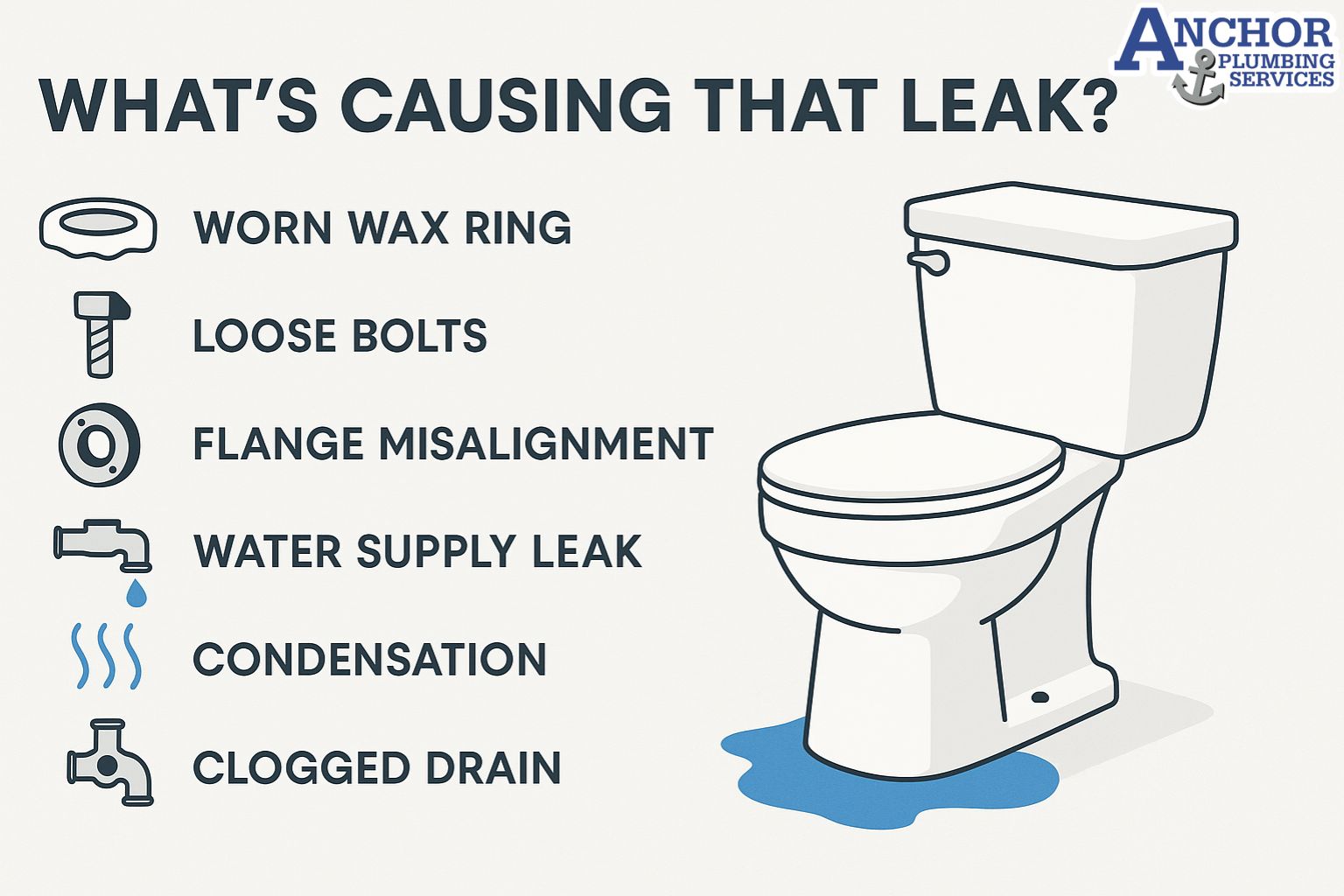
A toilet leaking at the base means water is escaping where the toilet meets the floor. This happens when the...
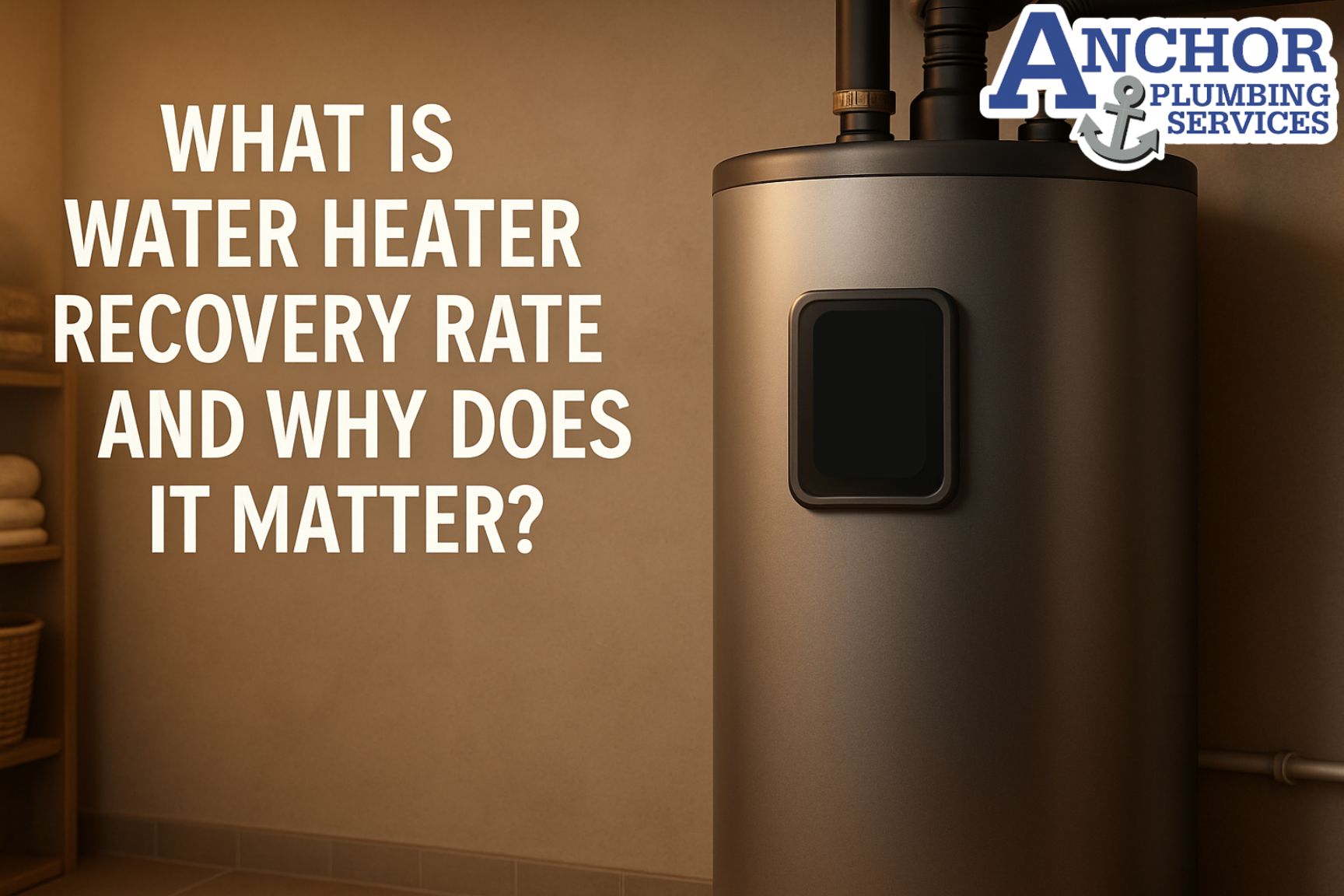
Water heater recovery rate is the amount of hot water a tank heats in 1 hour after the stored hot...
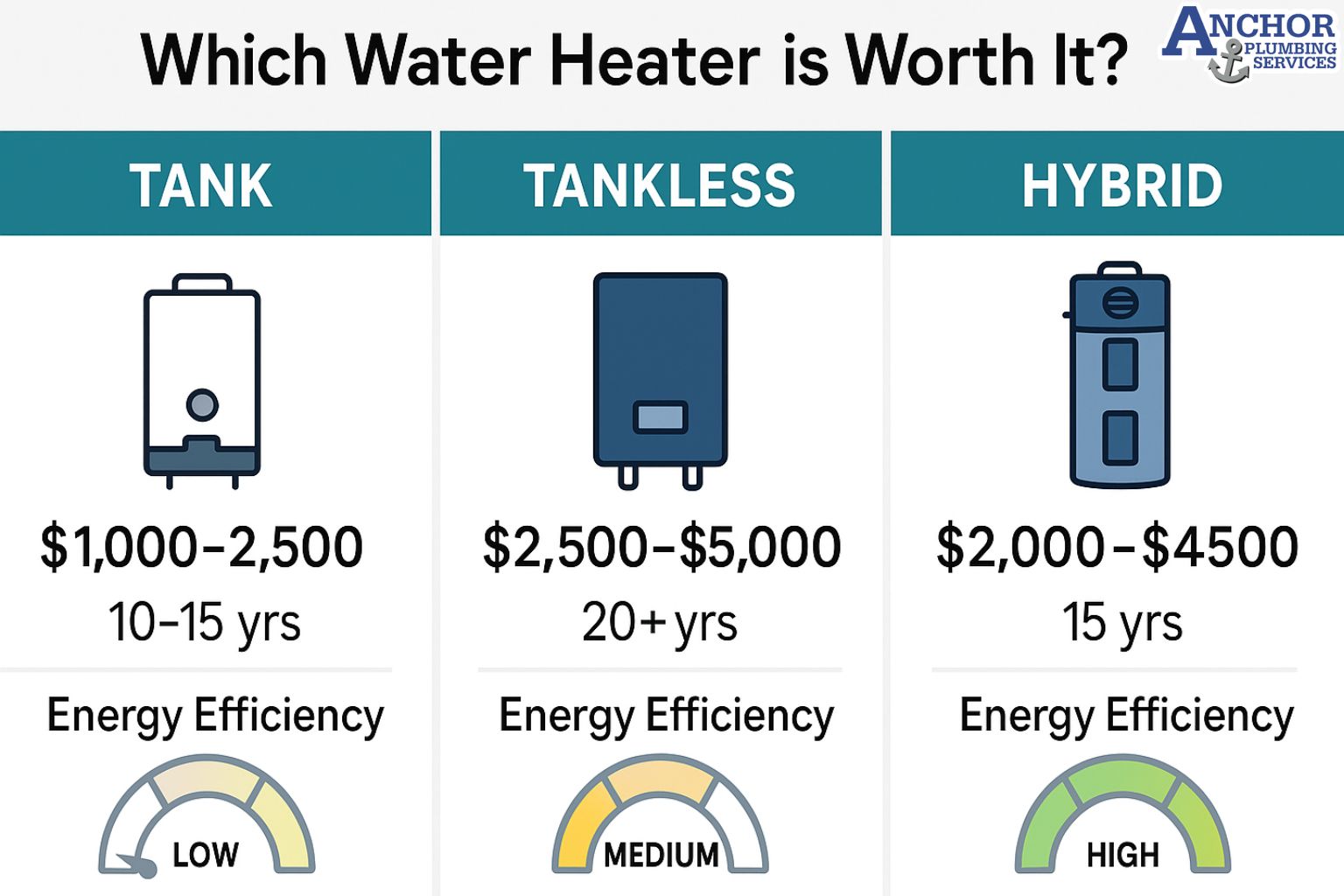
Water heater installation typically costs between $1,000 and $5,000, depending on the unit type, size, and complexity of the setup....
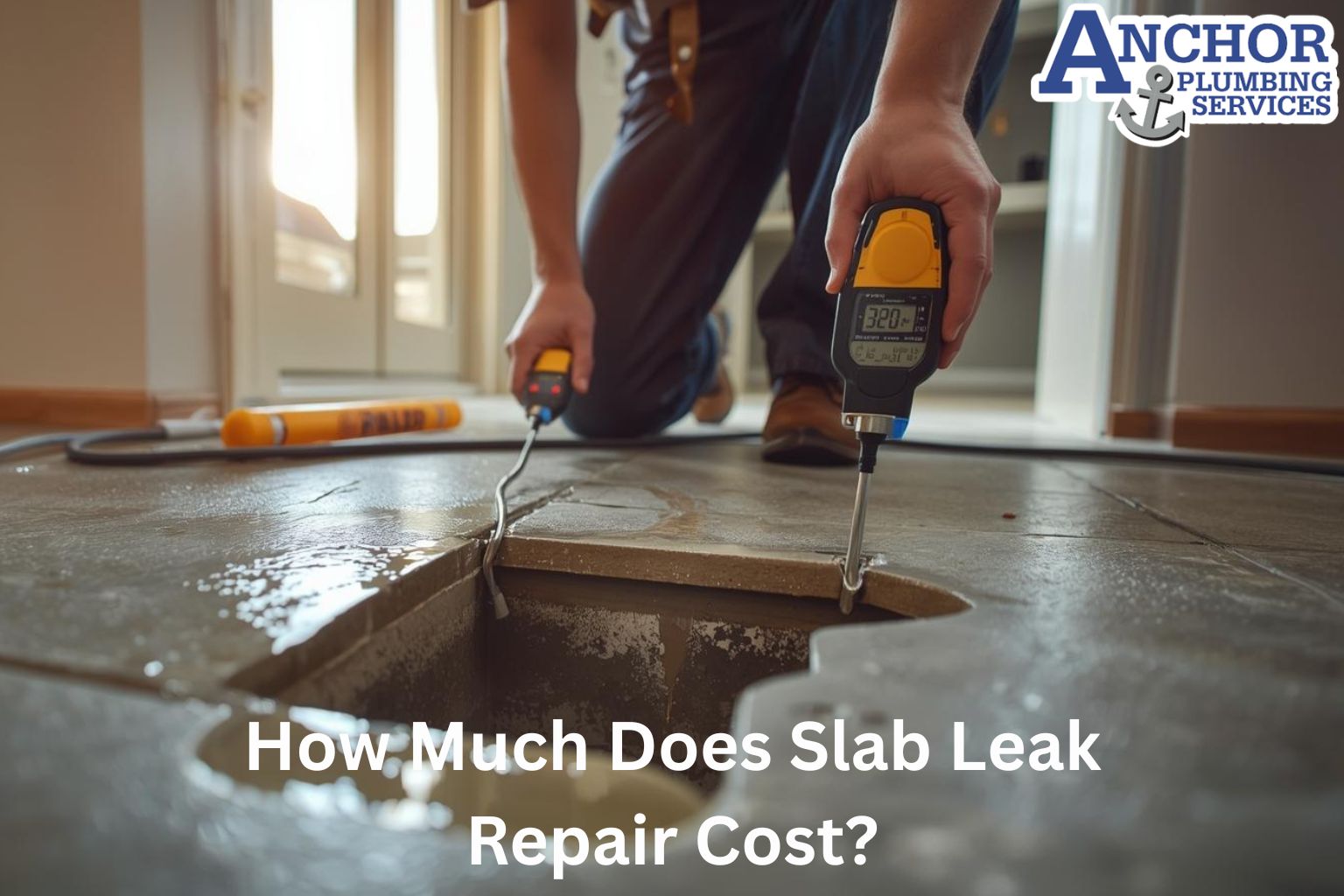
Slab leak repair typically costs between $1,500 and $4,500 for most homes, depending on leak severity, pipe material, and accessibility...

When water leaks from a light fixture, turn off the power at your circuit breaker immediately. Do not touch the...
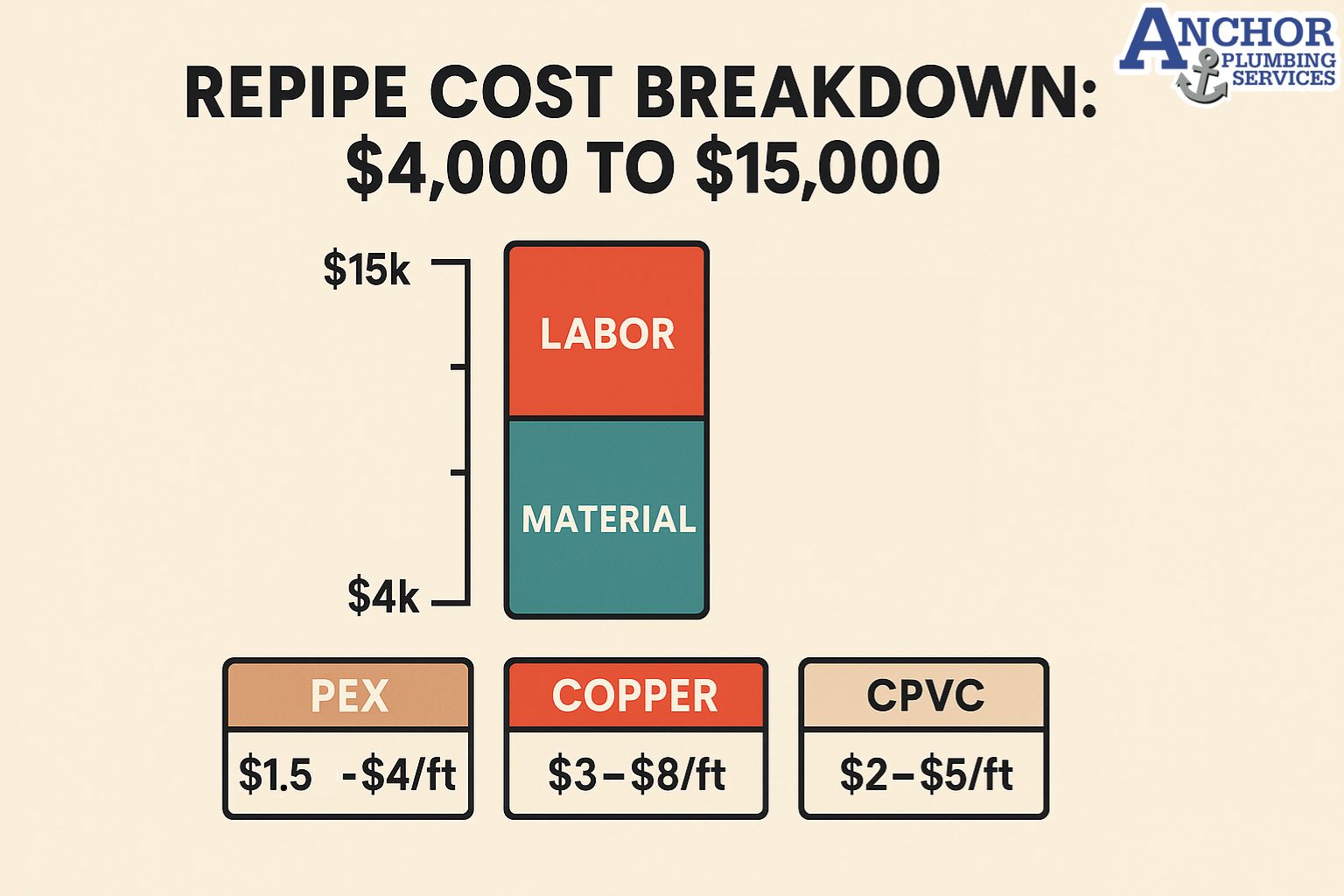
Repiping a house typically costs between $4,000 and $15,000 with an average around $7,500. When calculated per linear foot, expect...
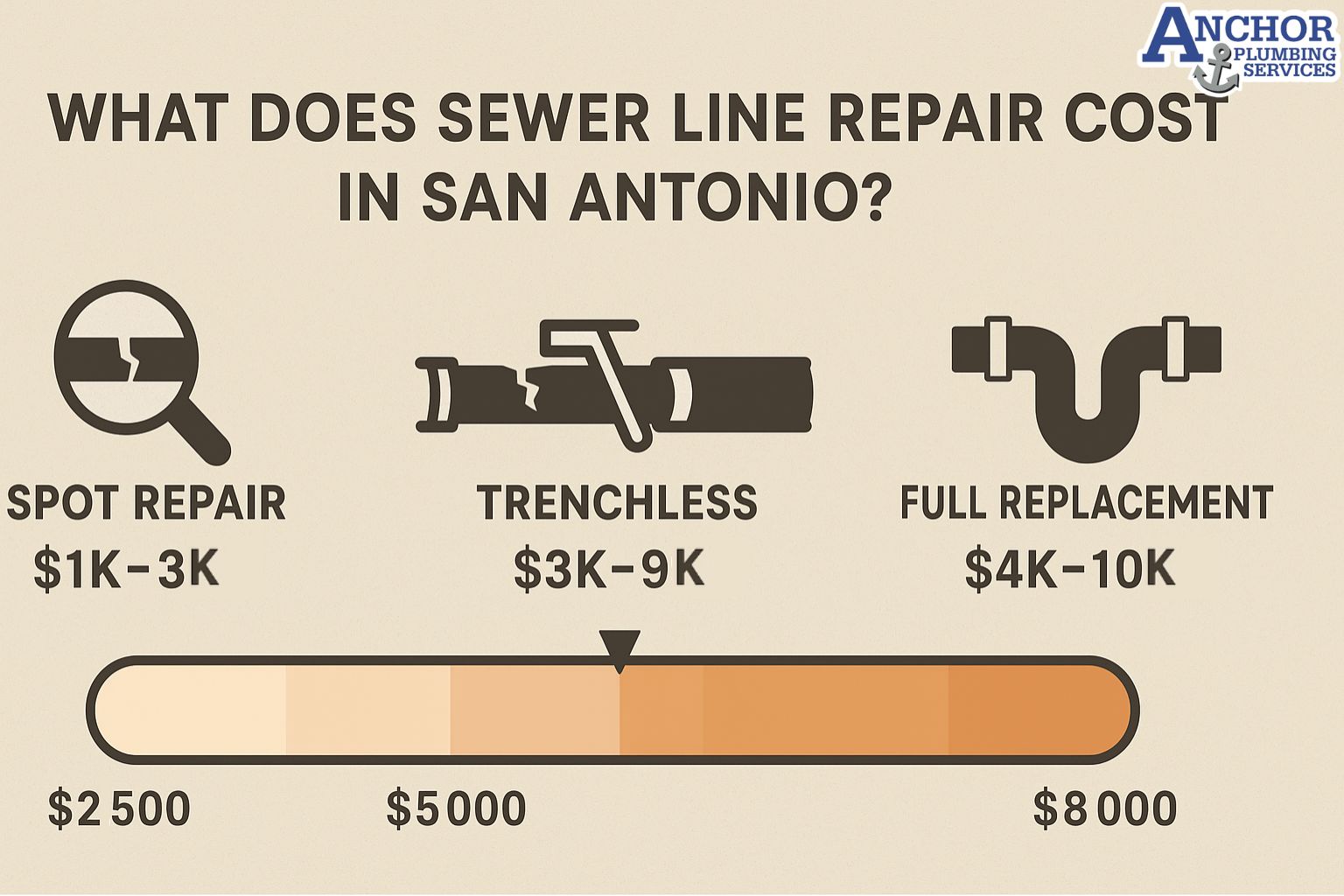
Sewer line repair typically costs between $2,500 and $8,000 for residential properties. The total expense depends on several factors, including...
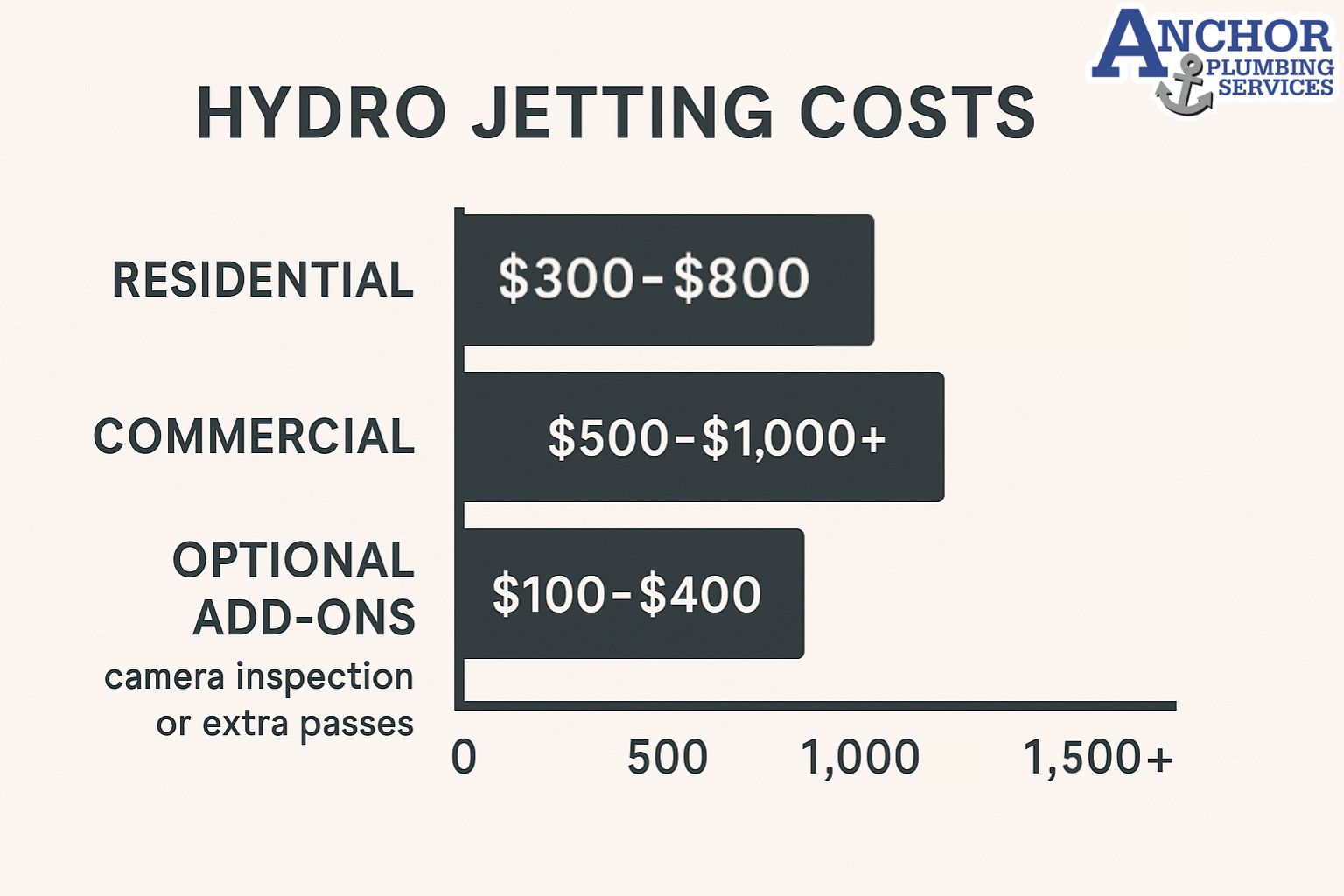
Hydro jetting typically costs $300 to $800 for residential plumbing and around $1,000 for many commercial jobs. That price covers...